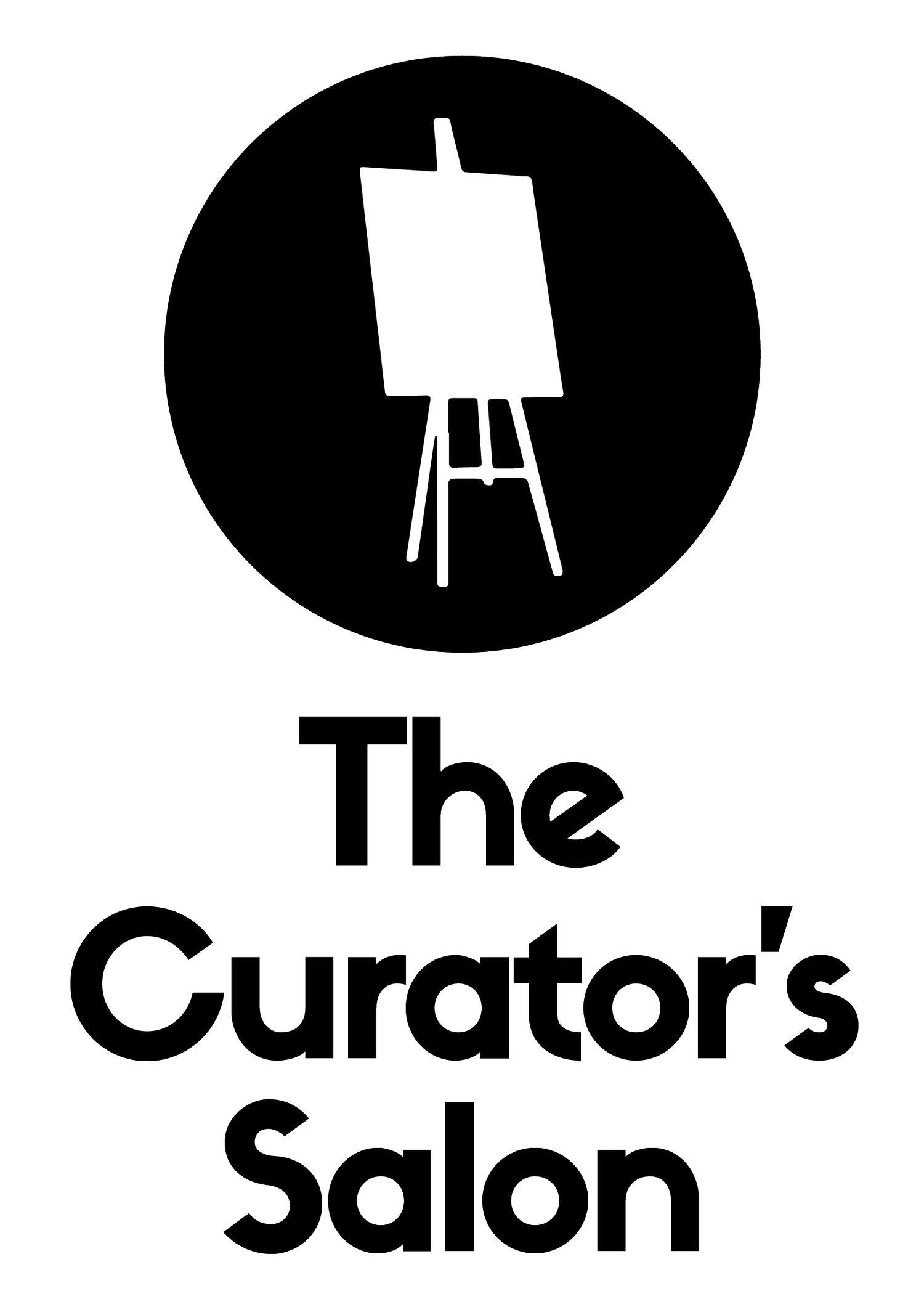Dawn Okoro
In this Q&A with artist Dawn Okoro, she talks about her journey into art and her recent exhibition in Dallas, Texas
Ayana, by Dawn Okoro from her Punk Noir exhibition
Did you always want to be an artist, how did you come into art?
I always wanted to be an artist, because art was an important part of my childhood and teenage years. But when I graduated from high school, I still didn’t know how to make art a viable career for myself. I studied other things in college. I got my psychology degree from the University of Texas at Austin with a minor in fashion design. I later earned a law degree from Texas Southern University, but eventually came back to art.
I learned to be an artist through mentorship, trial and error, and just looking up what I want to learn.
How do you describe your work?
A lot of my work is conceptual portraiture in which I paint the subject on a solid color negative space. Growing up, I felt transported from my home in West Texas when I looked at fashion magazines.
My work is informed by the techniques used in fashion photography. I also draw inspiration from punk culture.
What sort of response have you had to your work?
People have told me that they feel an emotional connection to some of my pieces. Sometimes people see themselves in the figures I paint.
Has your visual language evolved over the years?
When I first started painting portraits I would use photos from magazines for reference. I would sometimes take a white model from the magazine and paint her as a black woman. I was painting what I wanted to see. Eventually, I learned to take my own reference photos, and it opened up another level of freedom. I was able to sometimes tell part of the art model’s story.
Can you elaborate on what self reflexivity means for you, and how it appears in your process and the final work you create?
X’ene by Dawn Okoro
Reflexivity is the circular relationship between cause and effect. So on one hand I am a woman who is shaped by her environment. On the other hand, we as people have the power to shape our worlds.
I gravitate towards nostalgic memories and moments that are often played back in my mind.
For example, for my Misogynoir/Resistance series I examined the idea of the hip-hop “video girl.” I grew up watching MTV and observing how women were often used as props in the background for male pleasure. In my work I extracted the video models from that space and surrounded them in gold. I made portraits of the women, but the work was also paintings of what I saw and was intrigued by in my childhood and teen years. The portraits were also a reflection of a certain part of culture and the world.
Punk has rebellious associations, is it something you have always been interested in and can you explain Punk Noir.
When I painted the portraits for Punk Noir, I wanted to capture people that I know who have a punk spirit. Many of the people I know are creators, so I painted artists, writers, jewellery makers, musicians and more. I admire the way that they feel so free to express themselves. I wanted to capture their essence and create a space where people like me felt that they belonged.
Dawn Okoro at Punk Noir
Let's talk about your journey as an artist - after graduating how did you get your first show, and how do you find collaborators or an audience now?
After I decided that I was going to be an artist, I put together my own show and had a pretty good turnout. Eventually I started submitting my work to open calls. As more people saw my work, I started getting invited to be in shows.
I find a big part of my audience through social media.
I occasionally sell my work through galleries on consignment. Other than that, I am pretty much on my own.
Which artists do you admire?
Some of the artists I admire are Barkley Hendricks, Wangechi Mutu, and Andy Warhol.
How has lockdown / covid19 impacted your plans for this year?
When the lockdown initially started I was too anxious to make art. Once I felt pretty sure that my basic needs were still going to be met, I slowly started doing art again. I started off with some small drawings.
I had to end my Dallas show early due to COVID-19. We held the artist talk on Instagram live.
The show wrapped up in March. The museum was very flexible and worked with me on engaging the audience during the lockdown. Transitioning to a streamed artist talk was a smooth process.
In your opinion, what changes need to happen in the arts industry to support more black artists?
I think there should definitely be more black people employed as curators and in leadership positions at museums and cultural spaces. People also need to get out of their bubbles. I have spoken to people who don’t even know certain black museum’s etc. exist in town.
Scroll down to see more paintings by Dawn Okoro.
Three Graces by Dawn Okoro
Word is Bond by Dawn Okoro
Free by Dawn Okoro, Punk Noir Exhibition, Dallas, Texas
Ten Legs by Dawn Okoro
Follow her on Instagram https://www.instagram.com/dawnokoro/
Follow me on Instagram https://www.instagram.com/thegitajoshi/







